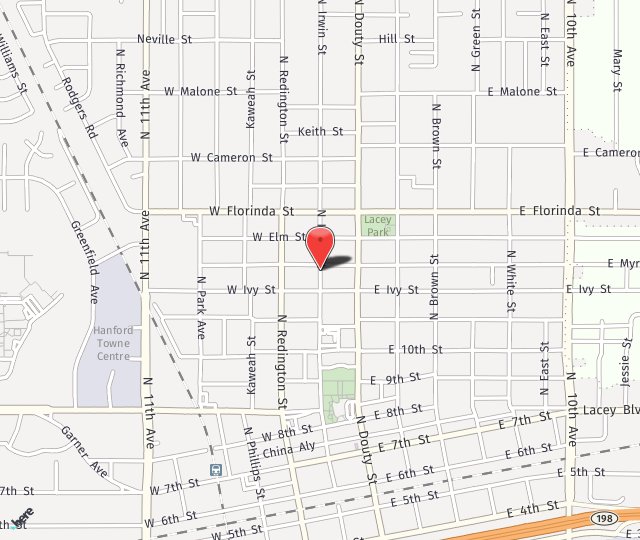THOSE BATTLING ONYCHOMYCOSIS (ON-ICK-OH-MY-CO-SIS) OF THE TOENAIL MIGHT REPORT A THICKENING OF THE NAIL, DISCOLORATION, BRITTLENESS AND CRUMBLING, AND EVEN A PAINFUL LIFTING OF THE NAIL FROM THE SKIN. UNDER THE TOENAIL, THE INFECTION IS HARD TO REACH AND DIFFICULT TO TREAT. UNTIL NOW, PATIENTS HAVE HAD TO TAKE ORAL ANTIFUNGALS FOR UP TO 6 MONTHS, SOMETIMES COMBINED WITH A TOPICAL TREATMENT, TO ELIMINATE IT. AND EVEN THEN, POSITIVE RESULTS ARE NOT GUARANTEED. NO MORE.
EFFECTIVE
Our laser toenail fungus removal treatment uses advanced laser equipment to reach areas that are usually difficult to get to, treating even the hard-to-reach spots where the fungus thrives.
PAINLESS TREATMENT
Although you might feel a little heat during the procedure, the laser toenail fungus removal treatment is pain-free. The treatment takes only minutes and has no downtime, which means you can return to your regular activities right after the procedure.
FAST RESULTS
Oral medication and topical ointments don’t always help or take a long time to work. See results in 1 treatment, with full clearance usually achieved in 4 sessions.

ALL ABOUT GETTING RID OF NAIL FUNGUS
WHAT IS ONYCHOMYCOSIS (TOENAIL FUNGUS)
Onychomycosis is a fungal infection of the nail, which most often occurs on the foot, but can also occur on the fingernails. Nail fungus is formed when the fungi responsible for the infection penetrate the tissue under the nail, most often as a result of an injury.
Nail fungus is more common in the elderly, but can affect people of all ages, including children.
- There are several types of fungi that can cause onychomycosis, but the most common are dermatophytes.
- Nail fungus is contagious, it can be passed to another person or picked up from an infected surface.
- One thing that is less known is that onychomycosis can spread not only to other nails, but also to the skin between the toes (“athlete’s foot”), in the groin area or on the scalp.
- We advise you to seek treatment for nail fungus before the problem worsens

